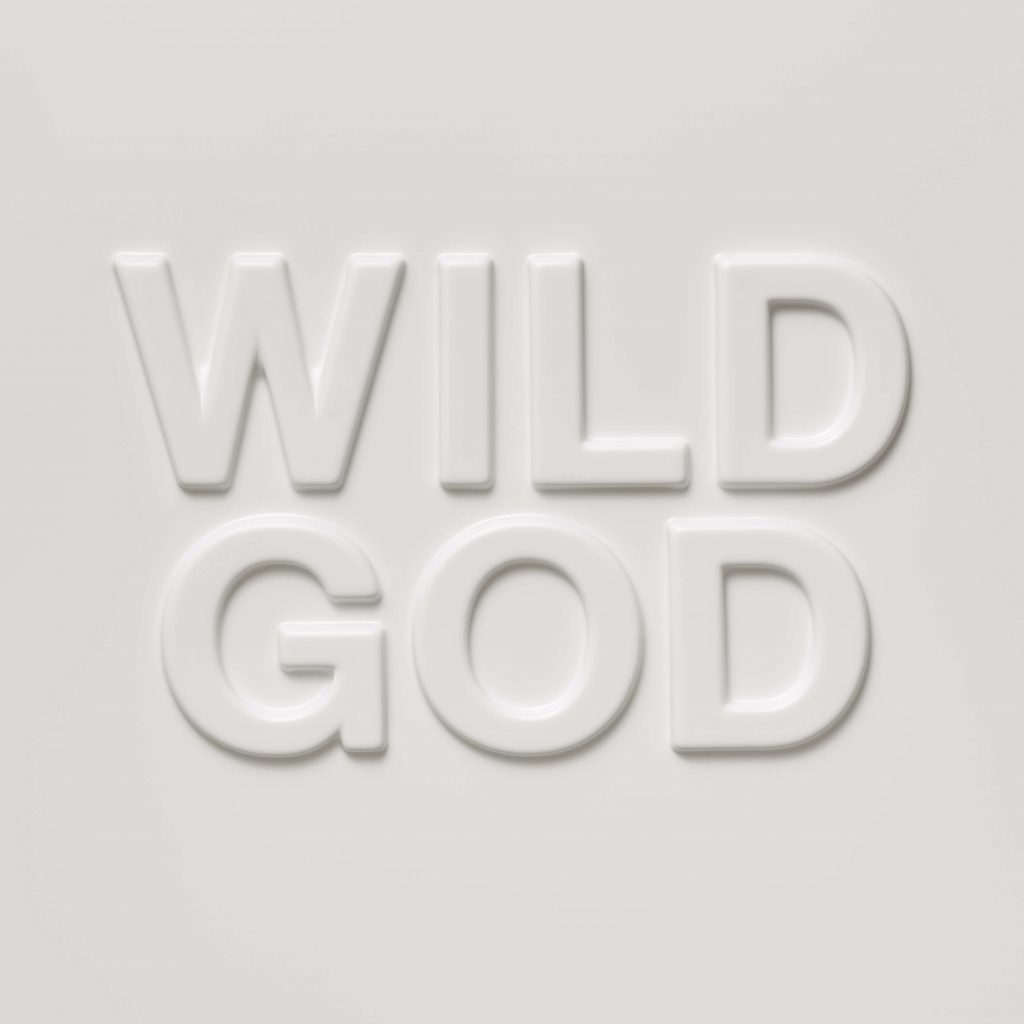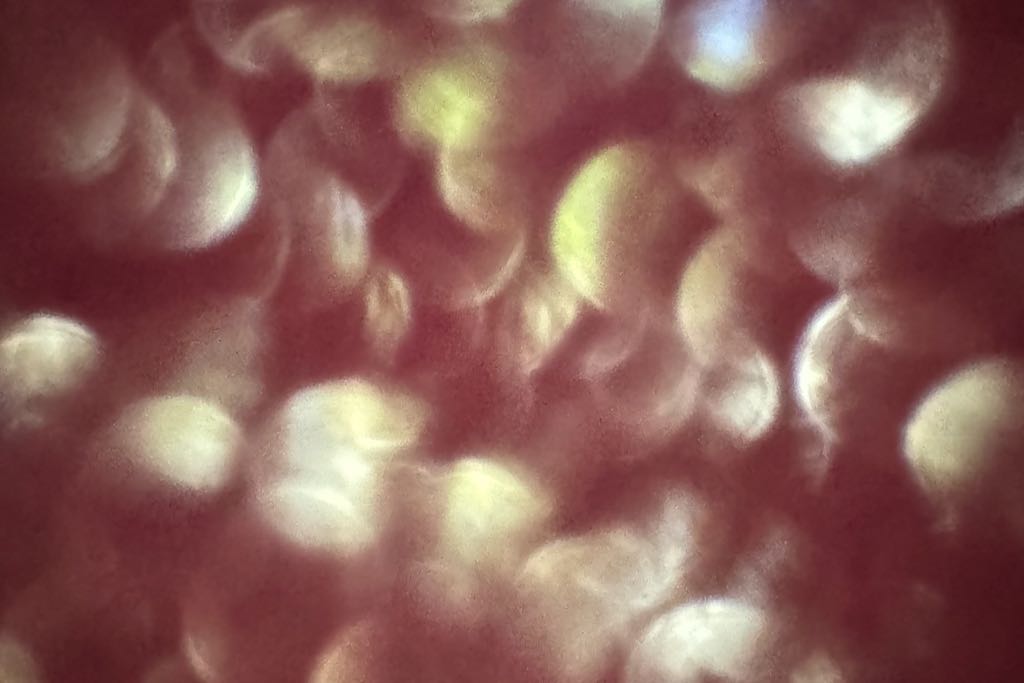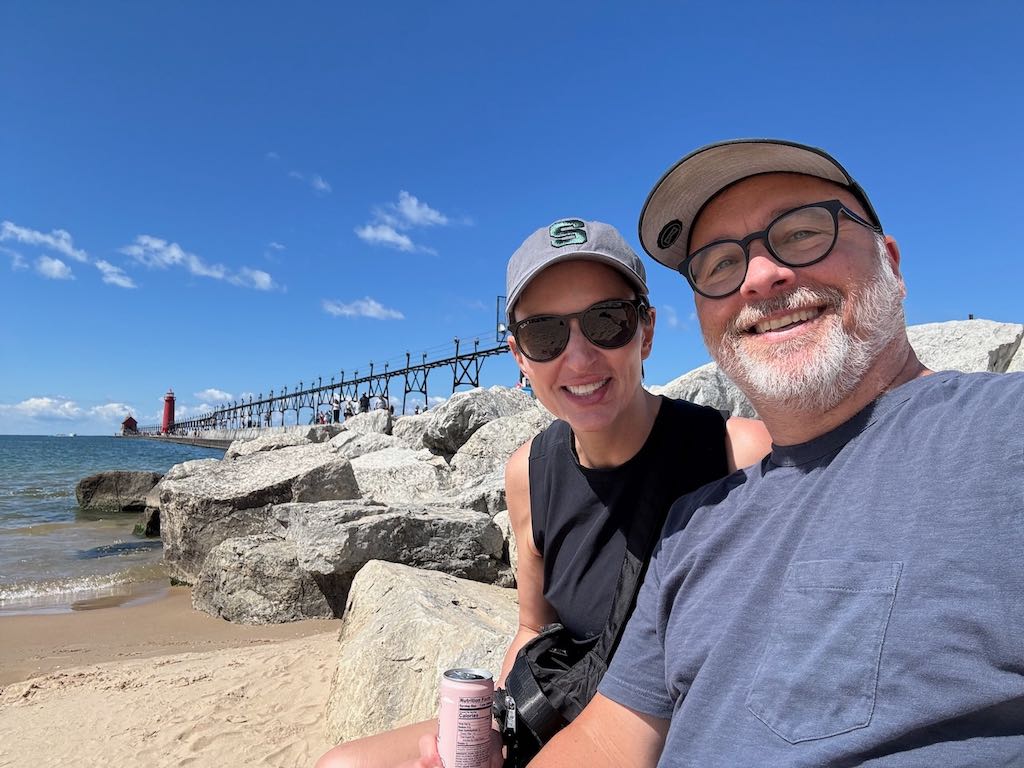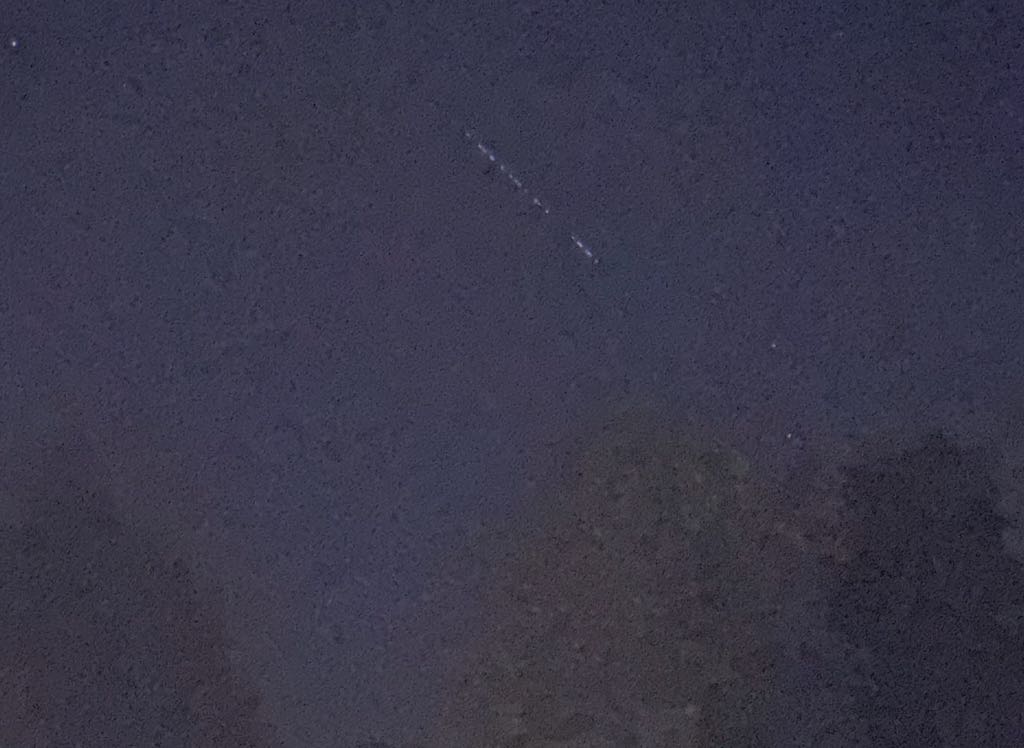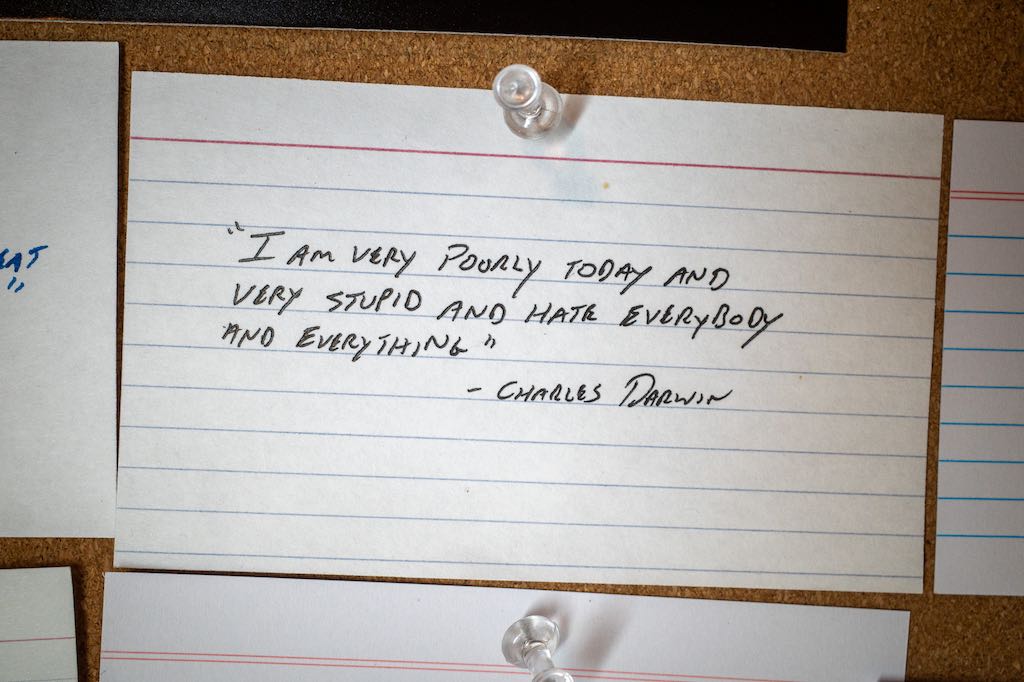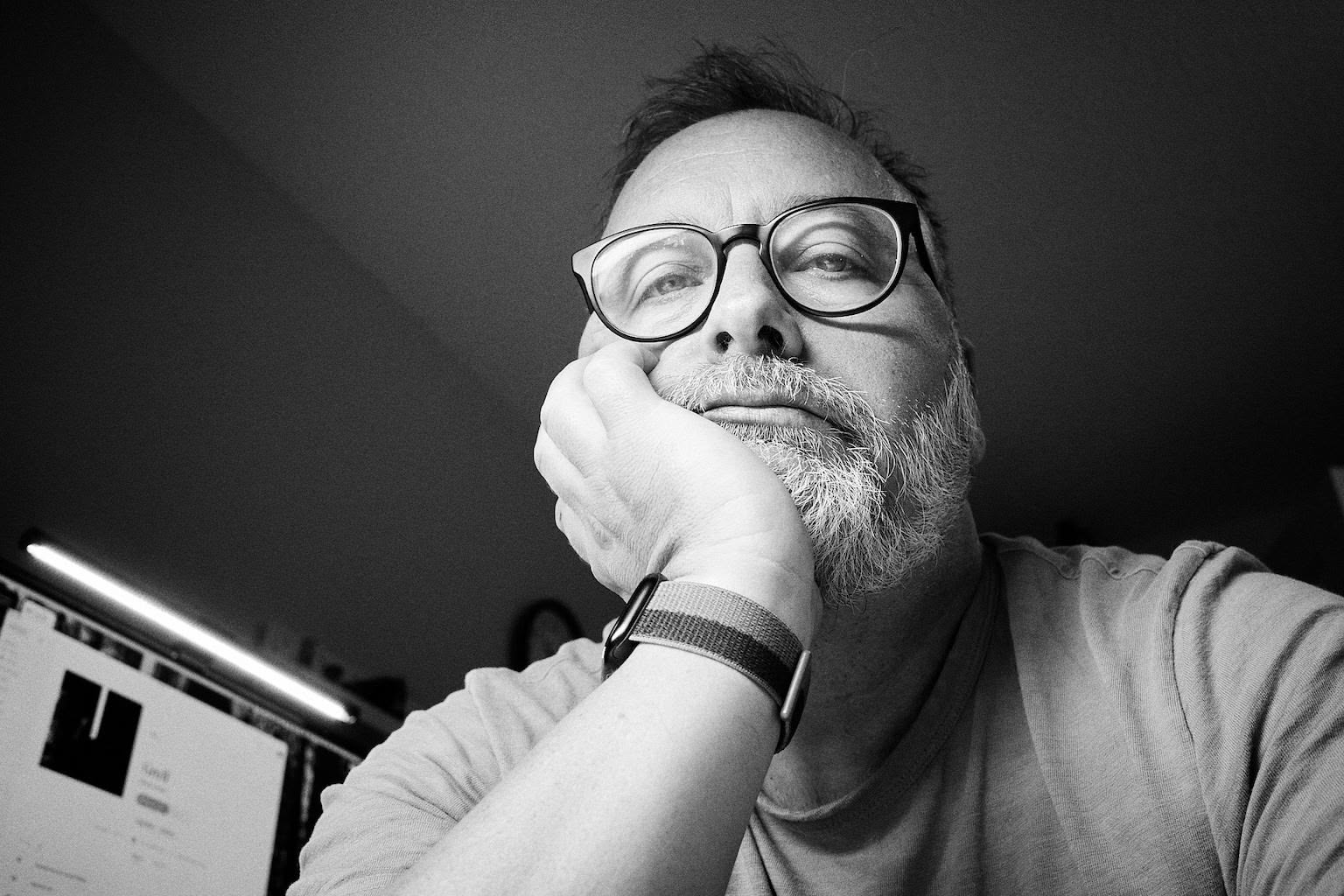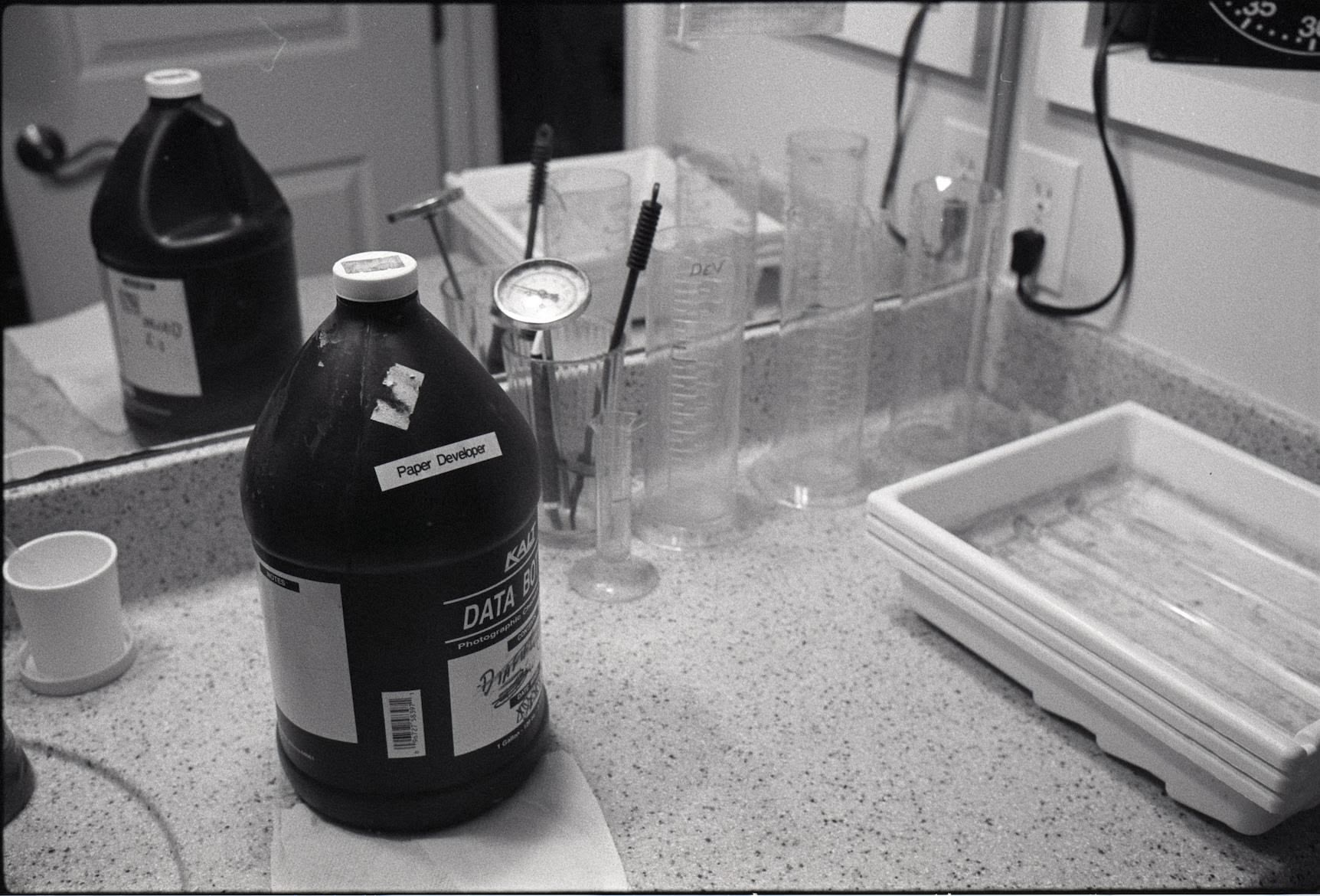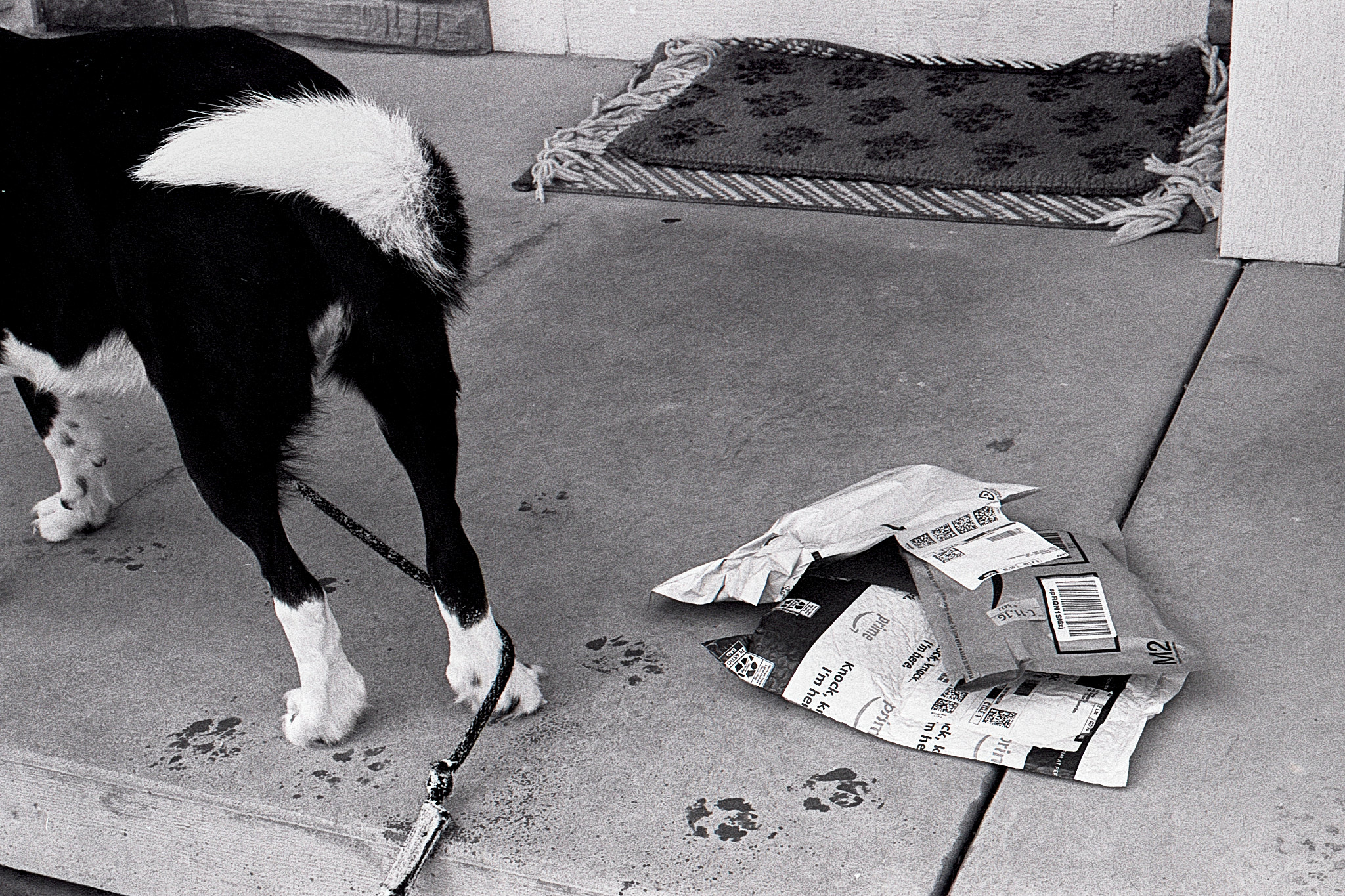I’m finding it difficult being “off” social media right now. Every time there’s a lull in my thoughts, I want to reach for one of my feeds. It’s how I avoid doing anything useful.
I want social media to be a source of information and not purely entertainment, but it usually ends up being entertainment. Also, it’s often infuriating, which is why I stepped away in the first place.
One thing I’ve noticed is that when I’m not sharing things, I feel kind of invisible. I like sharing things. My blog(s) are good for sharing. It’s what they’re for. But not having comments on the blogs means there’s not much actual engagement. I like engagement :). That’s what Mastodon (and more recently, Micro.blog) is good at, which is why I find it difficult to leave.
...

